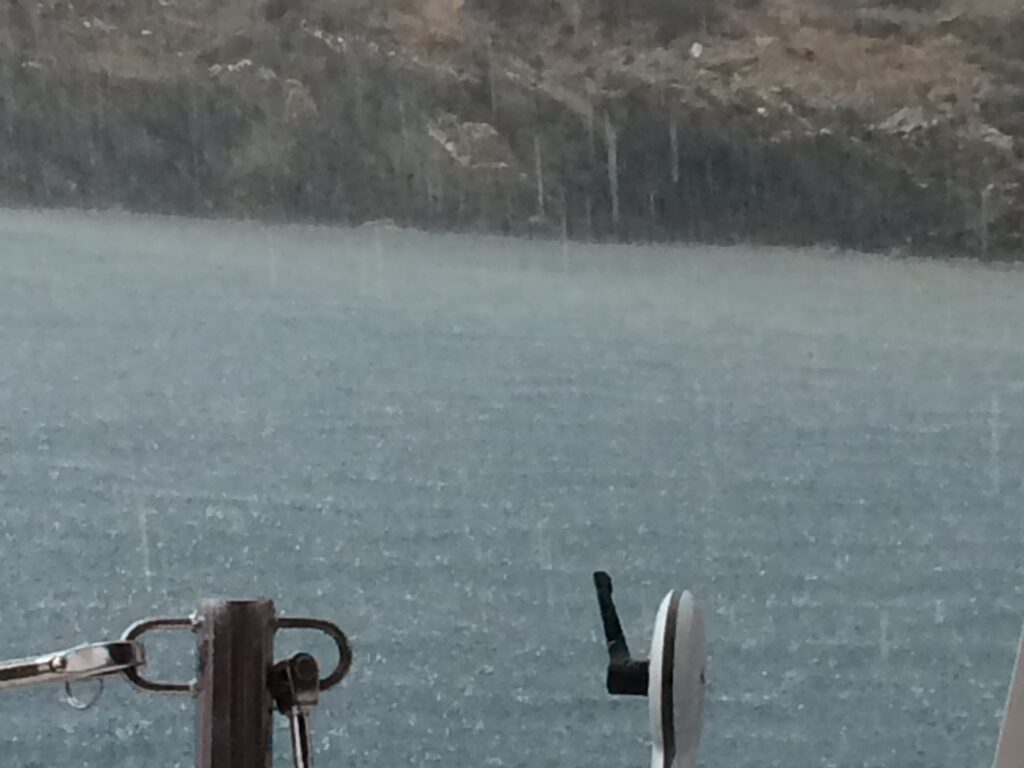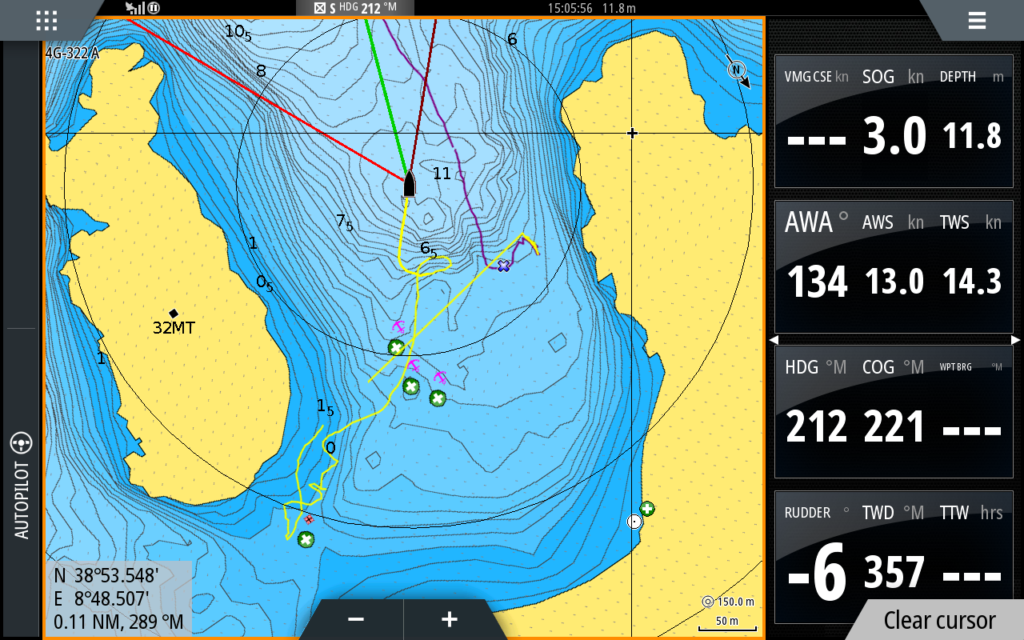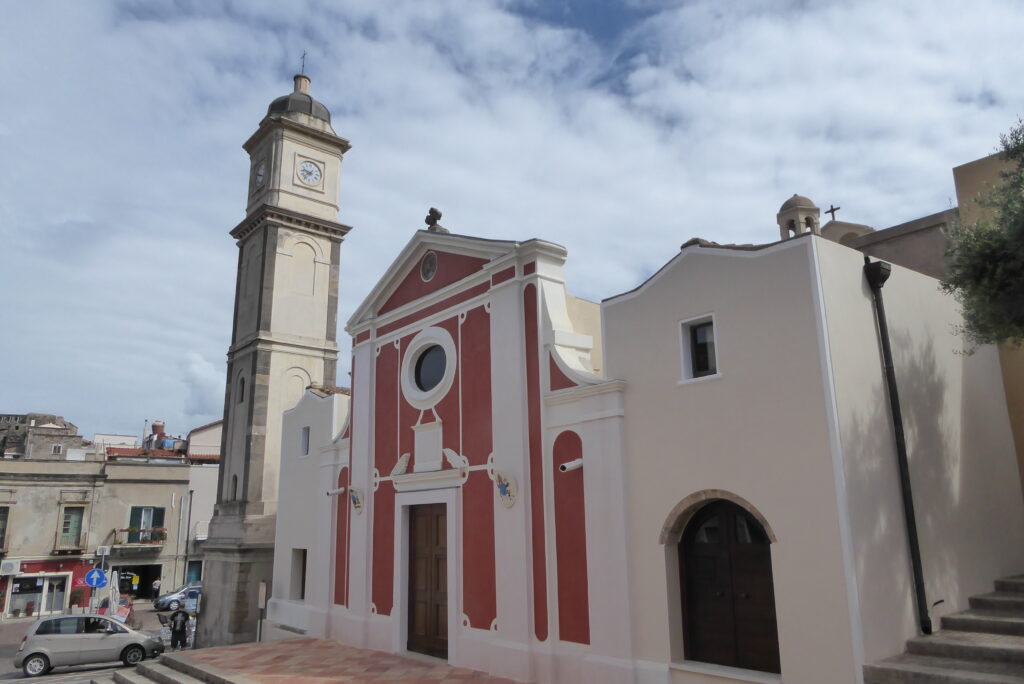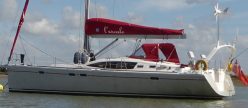
we were dragging
While waiting for our quarantine clearance to be able to go ashore and explore, we pottered to the Southwest corner of the island for a few days’ change of scene in a series of sheltered inlets. Well, they were mostly sheltered, until Thursday 10th when a fierce squall blew in from nowhere in the middle of the afternoon: torrential rain and a fierce williwaw of around 36 knots. Visibility was nil but it was obvious our anchor was dragging, so we got the engine started to try to motor into the wind to take the pressure off the anchor chain, but we were too late, and within a few moments the wind had dragged our anchor 300 metres towards the beach at the head of the inlet, until we came to a stop on an underwater reef between the land and a tiny island. Thankfully the worst was over very quickly, and Skipper donned his wetsuit and literally stepped off the back of the boat to inspect below the hull, and nudge us away from the danger. Yet again, thank goodness for the strength of the aluminium hull and lifting centreboard.

Later we were to discover some damage to the propeller blades and edges of the rudder boards, but this was not immediately obvious and didn’t greatly impede our passages for the remainder of the year.

It took a week for our negative test results to be confirmed, and we then spent another few days near Sant’Antioco, a little further up the SW coast of Sardinia, an island joined to its big sister by a causeway. We enjoyed a wander around the hilly town, and a visit to one of the most memorable churches we’ve been privileged to explore. From the outside it looks like many another, but the interior is truly ancient and built of huge grey stone blocks: unadorned, ungilded, unpainted and all the more spiritual for its simplicity.
Later reading a novel set on this tiny island, Mate learned of a unique and ancient craft that is still practised today, that of Bisso, or sea silk, spun and woven from the ‘beard’ of a marine bivalve. If you’re interested, look up Chiara Vigo – she’s the craftswoman famous for this stunning textile work. Sadly, the museum was not open when we were there – like so much else at the moment. We were also delighted by the wildlife hereabouts: a large flock of sheep and goats wearing bells were shepherded along the nearby beach each dusk, and behind the beach the salt pans were home to a large number of flamingos. It was the first time we’d seen them in the wild, and were entertained by their dance – a fast-stepping dabble paddle to stir up the mud to release their food, followed by that distinctive upside-down beak in the water to scoop in a range of delicacies. Another particular thrill was a brief visit by a kingfisher, who perched on our guardrail.

On our way back to Malfatono Bay, a European Bee-eater took shelter on our sprayhood for a much-needed rest from being chased remorselessly by a sparrowhawk: it was visibly panting like a tired dog. The hawk circled us for several frustrated minutes, but when the bee-eater took its chances back on the wing, the pursuit continued until both birds were out of sight towards land.
